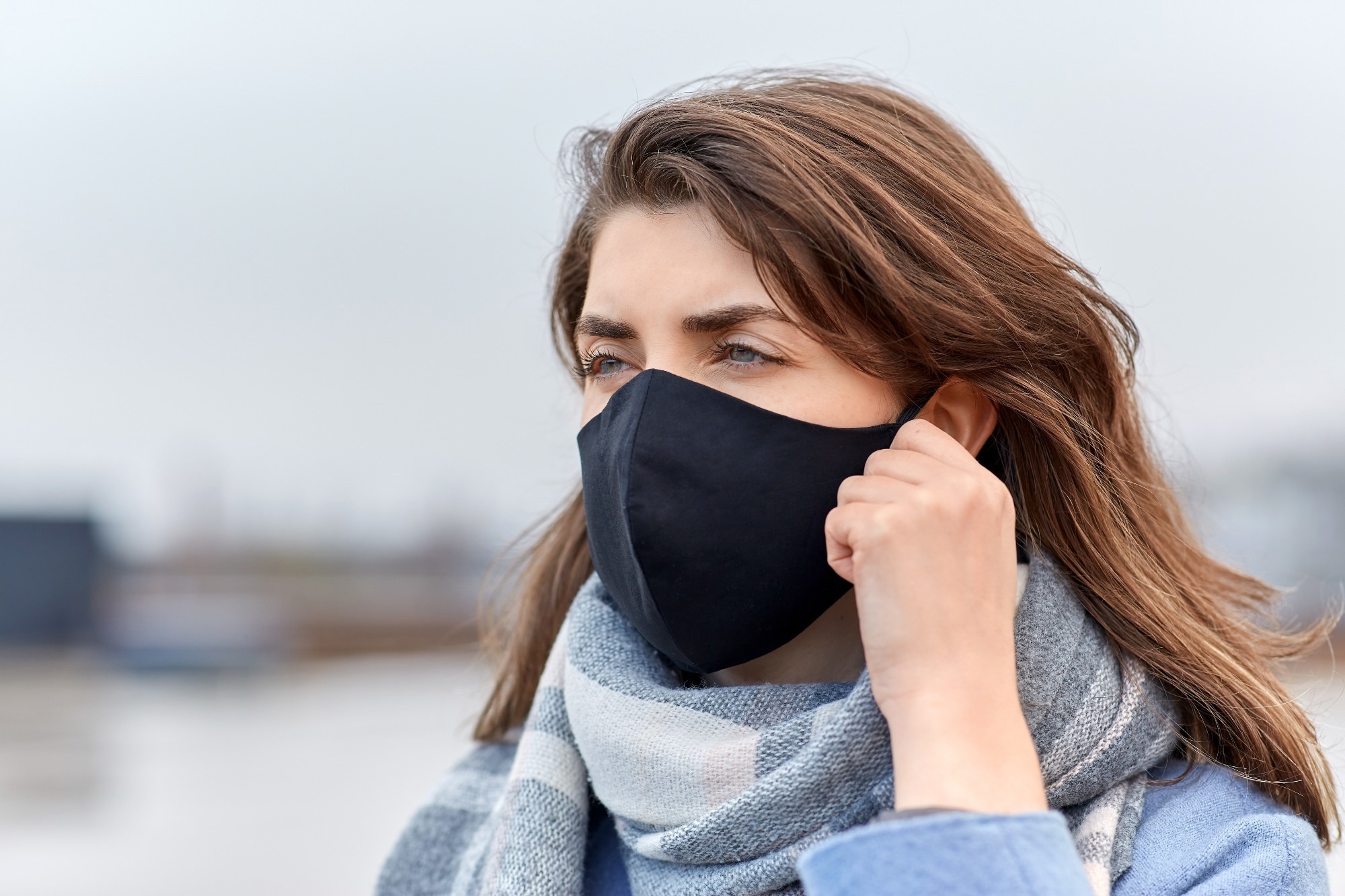In a recent study published in The Journal of Infectious Diseases, researchers proposed a plan to accelerate the identification, development, and assessment of medical countermeasures (MCMs) against emerging or previously undiscovered pathogens with potential pandemics.
 Study: Prototype Pathogen Approach for Vaccine and Monoclonal Antibody Development: A Critical Component of the NIAID Plan for Pandemic Preparedness. Image Credit: GroundPicture/Shutterstock.com
Study: Prototype Pathogen Approach for Vaccine and Monoclonal Antibody Development: A Critical Component of the NIAID Plan for Pandemic Preparedness. Image Credit: GroundPicture/Shutterstock.com
Background
Severe acute respiratory syndrome coronavirus 1 (SARS-CoV-1) first appeared nearly two decades ago, heralding several future epidemics of infectious diseases that raised global concerns.
SARS-CoV-2's emergence most recently has highlighted the significance of focused preparatory research to allow for speedy MCM development in times of crisis.
The National Institute of Allergy and Infectious Diseases (NIAID), an arm of the National Institutes of Health (NIH) in the United States (US), released a pandemic readiness plan in December 2021. This plan depicted an investigation plan centred around the highest priority infectious agents, technologies, and model pathogens, building on the effective tactics established during the coronavirus disease 2019 (COVID-19) response to improve global preparedness against potential future pandemics.
About the study
In the present study, researchers developed a prototype pathogenic strategy to design vaccines and monoclonal antibodies (mAbs) as a critical part of NIAID's plan to improve pandemic preparedness.
The strategy emphasizes fundamental, translational, and clinical studies on specific viruses to build generalizable MCM techniques that can be used widely for viruses from a single viral family. The strategy attempts to study pathogen biological mechanisms and host-viral interactions, including immunity induction and maintenance, and generate MCMs for the prototypes via concept demonstration and safety trials.
The objective is to build a generalizable technique for MCM development that may be used for additional viruses in a single viral family, allowing for faster MCM identification and shorter durations between disease outbreaks and regulatory approval when a viral pathogen with comparable features appears.
To utilize the strategy for developing MCMs, a stronger research portfolio is needed to gain basic and translational information, which includes novel insights into virus biological processes, framework, pathogenicity, and immunology.
Identifying commonalities in virus entry processes may lead to novel vaccine development methods and aid in developing reagents and therapeutic mAbs relevant to different viral relatives.
Strategies including magnetic resonance imaging (MRI), x-ray crystallography, computational modelling, and cryogenic electron microscopy (cryo-EM) that allow the study of virion structures and viral proteins are crucial to pandemic preparation. The discovery of new human mAbs with therapeutic potential, enabled by the pathogen prototype strategy, will advance pandemic preparedness.
An effective preparedness plan must concentrate on the meticulous antigenic selection for study candidates that could yield highly effective and adaptable MCMs and expected safety hazards, particularly if moving swiftly to population-level deployment.
The research of viral protein targets, influenced by immunology and virology, and deliberate, structure-based vaccination design methods that consider host immunity are critical to the success of novel MCMs.
Results
NIAID has identified ten families of viruses (Hantaviridae, Arenaviridae, Peribunyaviridae, Nairoviridae, Filoviridae, Phenuiviridae, Paramyxoviridae, Flaviviridae, Togaviridae, and Picornaviridae) to focus on prototype pathogen efforts during the pandemic.
The families were categorized based on their likelihood of causing pandemics, as those with low and moderate potential. The highest priorities were families with elevated pandemic risks, insufficient knowledge, and low-moderate research support.
In November of 2021, the NIAID held a "Workshop on Pandemic Preparedness: The Prototype Pathogen Approach to Accelerate Medical Countermeasures: Vaccines and Monoclonal Antibodies" to unveil the NIAID Pandemic Preparation strategy and gather scientific community feedback on the choice of pathogen prototypes among the emphasized viruses.
Key scientific gaps and challenges were identified among all families, including basic research activities, disease modelling, viral isolates, biocontainment facilities, contemporary design approaches, and platform technologies.
Further surveys of viral entry proteins and their arrangement on virus particles will provide insights into virion dynamics, viral variation, host cell receptor interactions, and antibody epitopes. Comparative investigations for viral characterization and MCM screening will demand modern viral isolates.
Most of the model diseases discovered need higher biological safety grade confinement infrastructure and a team with particular capabilities to undertake preparatory studies safely. To choose currently accessible vaccine candidates for pathogen prototypes, novel approaches such as structure-based antigen designing and engineering of proteins have to be used.
Conclusions
Based on the study findings, the NIAID's prototypic pathogen strategy would enhance biomedical research preparedness for the pandemic by selecting and analyzing prototype pathogens from concerning viral families.
This approach involves characterization, research, development, and clinical trials to comprehend viral biology, host immunity, and pathogenesis. The aim is to apply a universal MCM method to all members of a single family of viruses.
NIAID's plan aims to address research gaps within the ten families of viruses with pandemic concerns, such as in basic research, disease modelling, manufacturing biochemical products, and advanced MCM development.
This proactive approach will considerably improve preparation and allow MCM candidates to enter clinical research more swiftly. The NIAID's strategy for research on pandemic preparedness offers a clear and actionable roadmap toward preventing future pandemics.